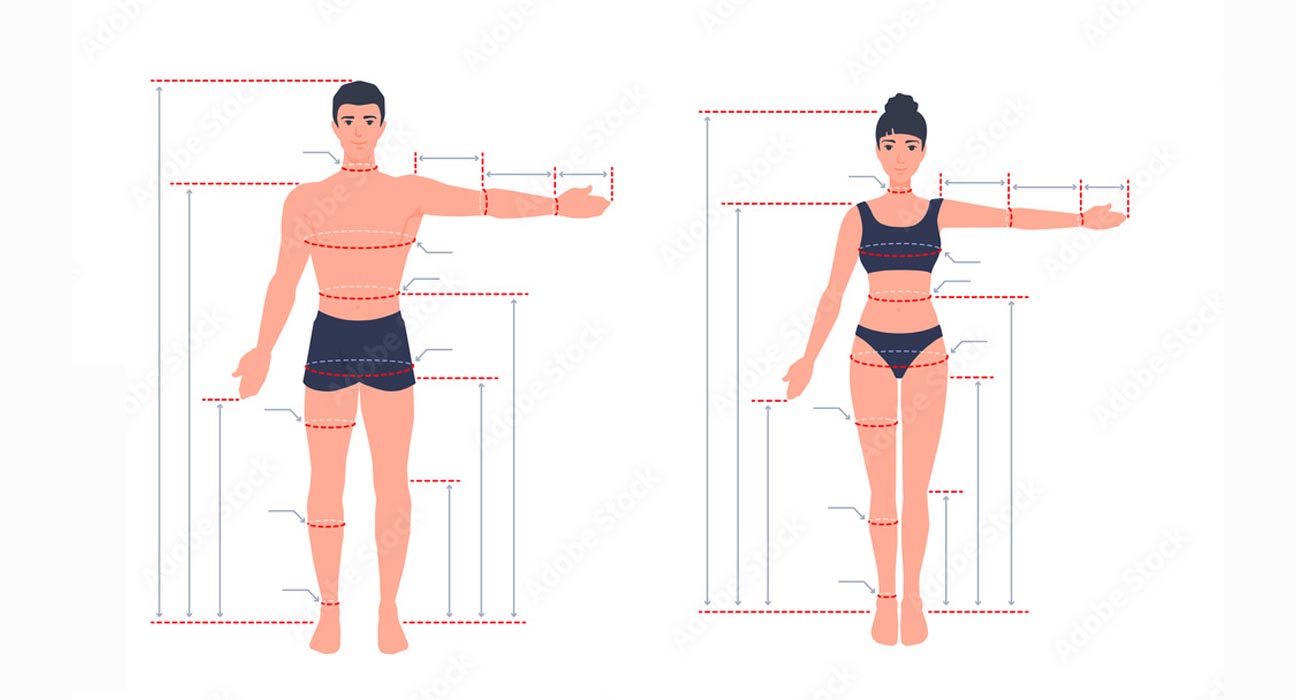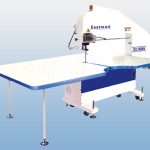In this article, we’ll discuss what Basic Human Body Measurements are crucial for apparel pattern making. Before that the question arises;
What is Body Measurement?
Body measurements refer to measuring the actual person (or people) who will wear a garment. These are different from garment measurements and can be taken manually or purchased from different body data services. It is important to build a balanced, well-fitting garment.
What are the Key Body Measurements?
The points are shown below in the picture.
| HPS: High Point Shoulder | Center front |
| Shoulder Tip | Center back |
| Shoulder Width | Neck width |
| Shoulder Drop | Neckline |
| Chest Line | Neck drop front |
| Front Width | Neck drop back |
| Back Width | Hipline |
| Shoulder to Shoulder | Hip height |
| Center of the body/ Navel | Crotch Point |
| Waistline/ Natural waist | Front rise |
| Trouser Waist | Back rise |
| Length to waist | Inseam |
| Outseam | Leg opening |
How to Take Human Body Measurements
3 Major lines in the body:
Chest Line refers to the circumference measurements around the widest portion of the Chest. It is the widest measurement of the upper body.
Waist Line refers to the circumference measurements around the waist. It is the narrowest measurement in the body.
Hip Line refers to the circumference measurements around the Hip. It is the widest measurement in the body.
Upper Body Measurements
HPS – High Point Shoulder: refers to the top point of the shoulder on either side.
Shoulder Tip: refers to the bottom point of the shoulder on either side.
Shoulder Width: refers to the distance between High Point Shoulder and Shoulder Tip.
Shoulder Drop: refers to the angle how the shoulder slopes downward from HPS to Shoulder Tip. It remains 18-22 degrees.
Neckline: circumference measurements around the neck covering 2 HPS, center front and center front back.
Neck Width: refers to the distance between two HPS (high point shoulder)
Front width: Distance between two armholes from the front side of the body.
Back width: Distance between two armholes from the backside of the body.
Shoulder to Shoulder: Distance between two shoulder tips.
Scye depth: The perpendicular distance from HPS to chest line.
Lower Body Measurements:
Length to waist: the perpendicular distance from HPS to Waistline.
Hip height: Distance between the waistline and hip line.
Front Rise: Distance between waistline to crotch point from the front side of the body.
Back rise: Distance between waistline to crotch point from the backside of the body.
Inseam: Distance between waistline to ankle from the inner side of the body.
Outseam: Distance between waistline to ankle from the outer side of the body.
Conclusion:
In the garments production process, designing is the hardest part as well as most important also. Because the shape of garments depends on the body measurements.
We hope this article will be beneficial for you.
Read: Garments Trims and Accessories List





